Oil prices VOLATILE; firstly UP on positive expectations, then falling DOWN after overnight gains
Top 5 things about Monday’s Market:
- Macron cruises to victory in France
- Euro SLIPS as Macron relief rally loses steam
- Global stocks mixed; Europe trades lower after French election
- Oil gives up strong overnight gains
- China’s april exports, imports rise less than expected
More info on these 5 from: www.investing.com
Prices; Monday Overnight Gains
Saudi Arabia’s energy minister stated that OPEC is seriously discussing the idea to prolong output cuts. The extension of oil output cuts will happen in June. And it would also likely cover all the year long period of time. It will maybe even enter the 2018. Despite U.S. production and drilling which is constantly increasing their margins and profits, the oil sector is limited. And the U.S. drilling can’t be permanent.
Brent crude futures were at $49.48 per barrel at 0652 GMT (2.52 a.m. ET). That is up for 38 cents, or 0.75 percent, from their last close.
U.S. West Texas Intermediate futures were at $46.52 per barrel. Which is up 30 cents, or 0.7 percent from their previous price.
Energy Minister of Saudi Arabia Speaking
Today, Khalid-Al-Falih, Saudi’s energy minister explained that oil market is now rebalancing. After long years of oversupply and overstressed ambient on this market. He said they are still expecting OPEC’s decision to bring the bright trends for future oil prices.
“Based on the consultations I have had with participating members, I am rather confident the agreement will be extended into the second half of the year and possibly beyond.” (Reuters)
His speech was held during an industry event in Kuala Lumpur. In Malaysia’s capital, on Monday.
Exports:
The Organization of the Petroleum Exporting Countries along with other producers, together with Russia, agreed to cut output by almost 1.8 million barrels per day (bpd) during the first half of the year. In ordet to prop up the stressed market. Saudi Arabia is de-facto leader of all the producing countries. With the biggest stake with its individual oil outputs.
The positive comments and upward prices came after a long last week’s plummeting trends, which pumped the negative speculations into the Oil market. The countries who are not included in this output cut deals, also contributed to low prices. Including the United States, where output is simply exalted. It has took off in recent period so strongly, that it has a huge impacts on market.
Bringing the decision
Next official OPEC’s meeting will be on May the 25th. And finally, decision on whether to continue the cuts will be brought out to light. Officially.
“Oil may have seen the worst of the selloff for now, as the market turns its attention to the OPEC meeting at the end of the month.” said Jeffrey Halley, senior market analyst at futures brokerage OANDA in Singapore. ( Reuters)
French Election Impact on Oil Prices
Some of the market participants say that the victory of Emmanuel Macron in the French presidential election against far-right Marine Le Pen also supported oil prices. Bringing the hopes of more stable European economy, which automatically added to positive speculations. And implemented great hopes into the markets.

Still, both Brent and WTI crude are holding below $50 for now.
U.S. drilling continued to pick up last week, with the rig count climbing by 6 to 703.
Since a low point in May 2016, U.S. producers have added 387 oil rigs, or about 123 percent, Goldman Sachs said. (Reuters)
Change of trends:
Finishing with info that Oil price again edged lower, erasing strong overnight gains !! U.S. crude was at $46,17 a barrel, down 5 cents, or around 0.1% . While Brent Shed 6 cents to $49.04!
Doing businesses in the markets these days (the upcoming week) would certainly be very challenging for all the race participants. Rather than last week, which was filled out with suspicions on whether the oil prices will go a bit higher & what would happen in European market.

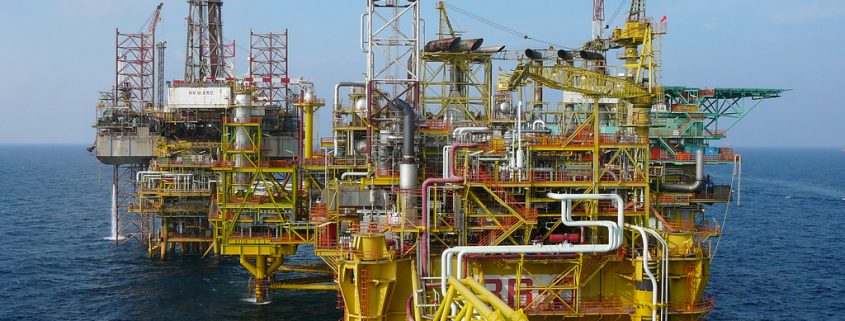


 “The fall down in SHFE copper stocks was happening due to the dip-buying from consumers. Anyway, as the copper price continued to hover at a low level. This made market participants show doubts as to whether the real demand could support the expanding inventories within consumers.” ( analyst from Guotai Jun’an)
“The fall down in SHFE copper stocks was happening due to the dip-buying from consumers. Anyway, as the copper price continued to hover at a low level. This made market participants show doubts as to whether the real demand could support the expanding inventories within consumers.” ( analyst from Guotai Jun’an) “Aluminium is still consolidating after recent price jumps. Moreover, the market might be waiting in anticipation [of better prices] following aluminium supply-side reforms [in China. However, chances are that the actual deficit might not be as large as people expect.”
“Aluminium is still consolidating after recent price jumps. Moreover, the market might be waiting in anticipation [of better prices] following aluminium supply-side reforms [in China. However, chances are that the actual deficit might not be as large as people expect.”
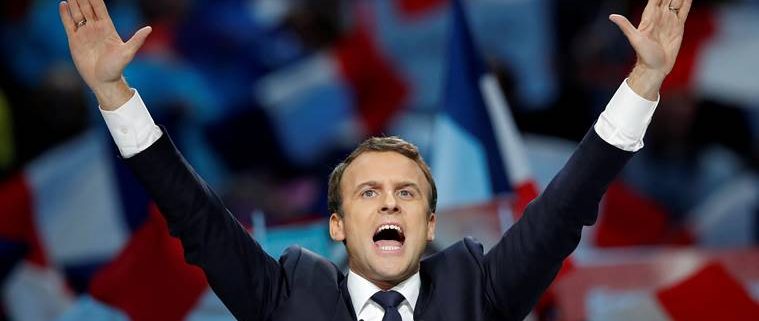


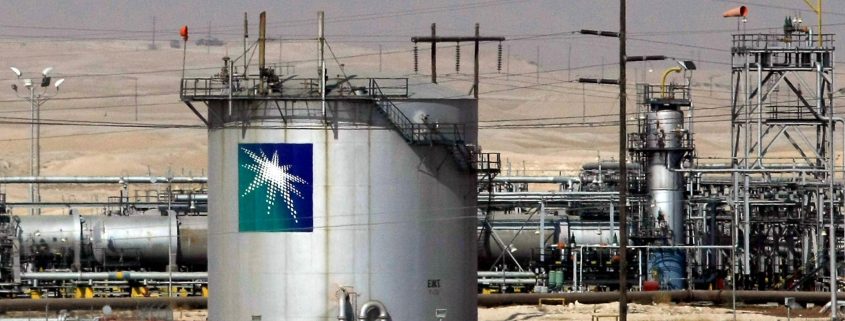




 The three-month copper price saw a small decline of $2.50 to $5,540.50 per tonne. Copper did hit highs of $5,591 earlier in the say as it looked to consolidate after a $202 per tonne drops earlier in the week. Copper inventories rose a net 36,800 tonnes to 354,650 tonnes – the highest since October 2016. This follows rises of 32,925 tonnes yesterday and 31,250 tonnes on Wednesday. In supply news, Anglo American is taking steps to restart operations promptly at its El Soldado copper mine in Chile.
The three-month copper price saw a small decline of $2.50 to $5,540.50 per tonne. Copper did hit highs of $5,591 earlier in the say as it looked to consolidate after a $202 per tonne drops earlier in the week. Copper inventories rose a net 36,800 tonnes to 354,650 tonnes – the highest since October 2016. This follows rises of 32,925 tonnes yesterday and 31,250 tonnes on Wednesday. In supply news, Anglo American is taking steps to restart operations promptly at its El Soldado copper mine in Chile.
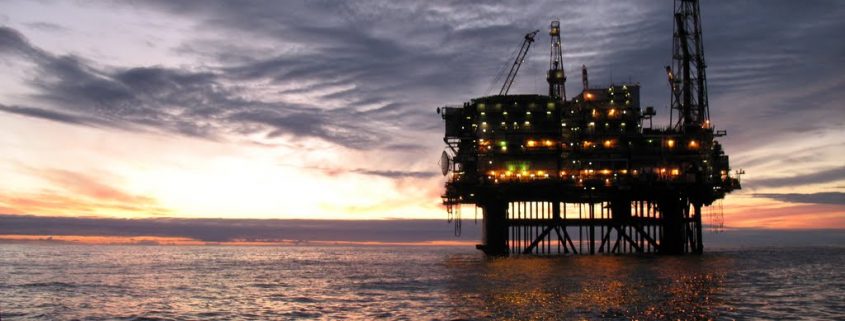






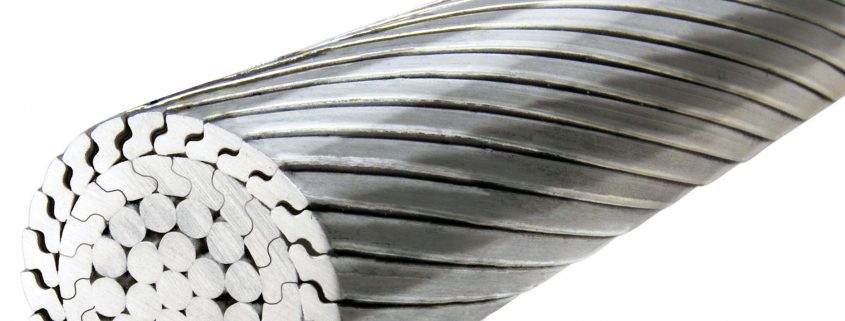



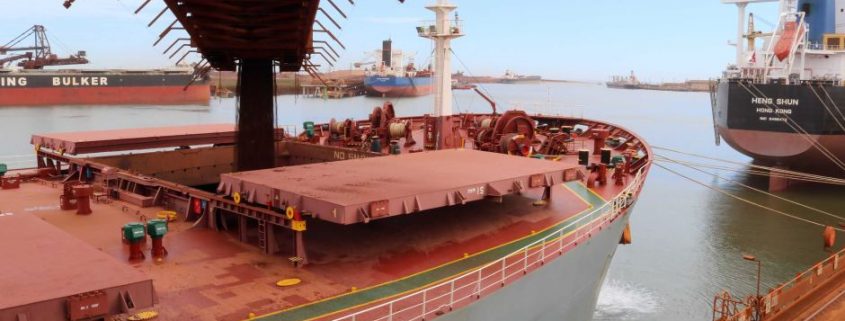


 The sharp decline is partly due to the strong rally over the past 13 months, which saw prices almost triple. Sending iron ore to levels that appeared well overbought. Given the market remains well supplied and will have to absorb more than 100 million tonnes of new low-cost production from Australia and Brazil this and next year.
The sharp decline is partly due to the strong rally over the past 13 months, which saw prices almost triple. Sending iron ore to levels that appeared well overbought. Given the market remains well supplied and will have to absorb more than 100 million tonnes of new low-cost production from Australia and Brazil this and next year.

